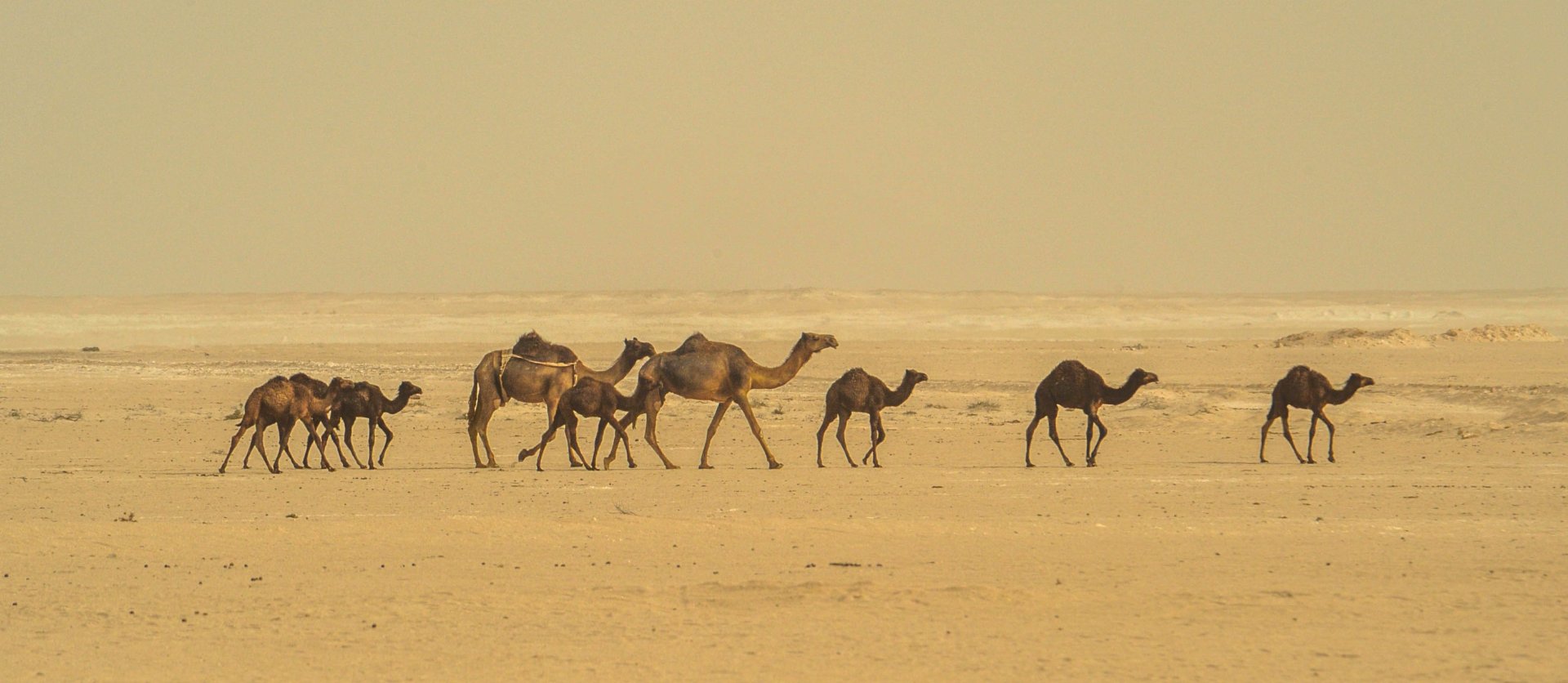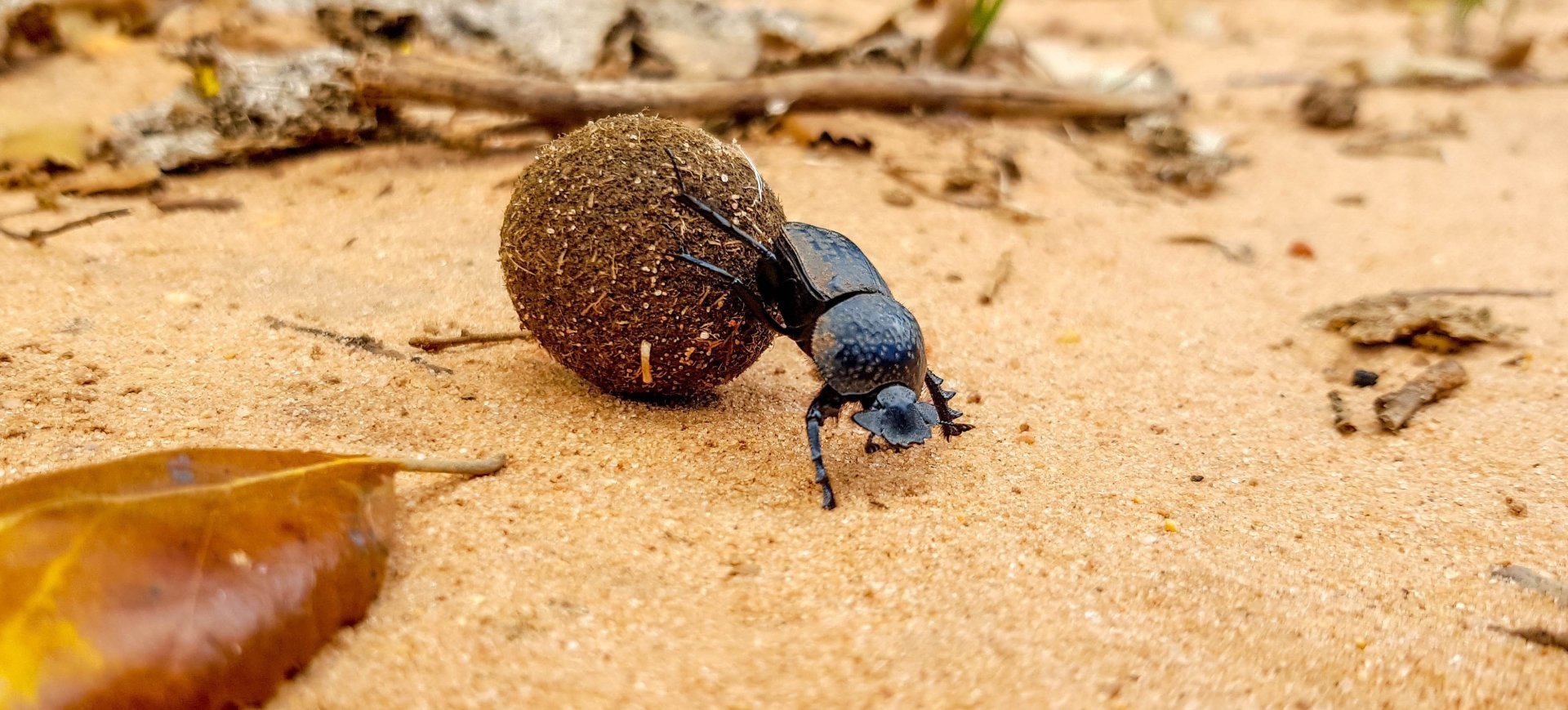







![]() Information: Meloe variegatus was described by Donovan in 1776. A widespread species occurring over a vast area of the entire Palearctic. The species is known from practically the entire Mediterranean (from Portugal to Turkey) and also in North Africa. It penetrates into Central and Northern Europe (historically as far as southern Sweden). Also widespread in Central Asia, Russia, Siberia, China. Meloe variegatus prefers open areas, both near forests and in scrubland or even rocky areas with very sparse vegetation; it is sometimes found on the edges of grain fields. Due to its wide distribution, it seems to inhabit a great diversity of vegetation formations.
Information: Meloe variegatus was described by Donovan in 1776. A widespread species occurring over a vast area of the entire Palearctic. The species is known from practically the entire Mediterranean (from Portugal to Turkey) and also in North Africa. It penetrates into Central and Northern Europe (historically as far as southern Sweden). Also widespread in Central Asia, Russia, Siberia, China. Meloe variegatus prefers open areas, both near forests and in scrubland or even rocky areas with very sparse vegetation; it is sometimes found on the edges of grain fields. Due to its wide distribution, it seems to inhabit a great diversity of vegetation formations.
Body length: 16 - 40 mm
Peak activity: February - May
![]() Remarks: Meloe variegatus is now a rare species in Western Europe and has become locally extinct in some areas. Adults appear in Europe from early April to the end of May, with peak activity around late April to early May. Rarely, they may also be active in autumn. This is a xerothermic species that inhabits a variety of habitats, from steppes and forest-steppe zones to field margins, fallow lands, embankments, and vineyards. The adults (imagos) move mostly on the ground, often in disturbed areas with sparse vegetation, where they feed on herbs and grasses. After mating, the females dig narrow burrows into the soil and lay large numbers of eggs. Confirmed hosts of the larvae include solitary bees, particularly those from the genus Anthophora.
Remarks: Meloe variegatus is now a rare species in Western Europe and has become locally extinct in some areas. Adults appear in Europe from early April to the end of May, with peak activity around late April to early May. Rarely, they may also be active in autumn. This is a xerothermic species that inhabits a variety of habitats, from steppes and forest-steppe zones to field margins, fallow lands, embankments, and vineyards. The adults (imagos) move mostly on the ground, often in disturbed areas with sparse vegetation, where they feed on herbs and grasses. After mating, the females dig narrow burrows into the soil and lay large numbers of eggs. Confirmed hosts of the larvae include solitary bees, particularly those from the genus Anthophora.
![]() Distribution: Afghanistan, Albania, Algeria, Armenia, Austria, Azerbaijan, Belarus, Belgium, Bosnia and Herzegovina, Bulgaria, China (Heilongjian), Croatia, Czech Republic, Denmark, France, Georgia, Germany, Great Britain, Greece, Hungary, India (Kashmir), Iraq (?), Iran, Israel (?), Jordan, Kazakhstan, Kyrgyzstan, Lebanon, Lithuania, Macedonia, Portugal, Russia, Serbia, Syria (?), Romania, Poland, Romania, Macedonia, Morocco, Slovakia, Netherlands Slovenia, Spain, Sweden, Switzerland, Tajikistan, Tunisia, Turkey, Turkmenistan, Ukraine, Uzbekistan (?)
Distribution: Afghanistan, Albania, Algeria, Armenia, Austria, Azerbaijan, Belarus, Belgium, Bosnia and Herzegovina, Bulgaria, China (Heilongjian), Croatia, Czech Republic, Denmark, France, Georgia, Germany, Great Britain, Greece, Hungary, India (Kashmir), Iraq (?), Iran, Israel (?), Jordan, Kazakhstan, Kyrgyzstan, Lebanon, Lithuania, Macedonia, Portugal, Russia, Serbia, Syria (?), Romania, Poland, Romania, Macedonia, Morocco, Slovakia, Netherlands Slovenia, Spain, Sweden, Switzerland, Tajikistan, Tunisia, Turkey, Turkmenistan, Ukraine, Uzbekistan (?)
Zoogeographic region: Palearctic
![]() Taxonomic classification:
Taxonomic classification:
![]() Subspecies: 2
Subspecies: 2
![]() Information:
Information:
Body length: 16 - 40 mm
Peak activity: February - May
![]() Distribution: Afghanistan, Albania, Algeria, Armenia, Austria, Azerbaijan, Belarus, Belgium, Bosnia and Herzegovina, Bulgaria, Croatia, Czech Republic, Denmark, France, Georgia, Germany, Great Britain, Greece, Hungary, India (Kashmir), Iraq (?), Iran, Israel (?), Jordan, Kazakhstan, Kyrgyzstan, Lebanon, Lithuania, Macedonia, Portugal, Russia, Serbia, Syria (?), Romania, Poland, Romania, Macedonia, Morocco, Slovakia, Netherlands Slovenia, Spain, Sweden, Switzerland, Tajikistan, Tunisia, Turkey, Turkmenistan, Ukraine, Uzbekistan (?)
Distribution: Afghanistan, Albania, Algeria, Armenia, Austria, Azerbaijan, Belarus, Belgium, Bosnia and Herzegovina, Bulgaria, Croatia, Czech Republic, Denmark, France, Georgia, Germany, Great Britain, Greece, Hungary, India (Kashmir), Iraq (?), Iran, Israel (?), Jordan, Kazakhstan, Kyrgyzstan, Lebanon, Lithuania, Macedonia, Portugal, Russia, Serbia, Syria (?), Romania, Poland, Romania, Macedonia, Morocco, Slovakia, Netherlands Slovenia, Spain, Sweden, Switzerland, Tajikistan, Tunisia, Turkey, Turkmenistan, Ukraine, Uzbekistan (?)
![]() Material examined (& observation):
Material examined (& observation):
![]() Our observation period: April ~ May
Our observation period: April ~ May![]() Sampling Methods: field edges in grass
Sampling Methods: field edges in grass ![]()
![]() Information:
Information:
Body length:
Peak activity:
![]() Distribution: China (Heilongjiang [Heilungkiang])
Distribution: China (Heilongjiang [Heilungkiang])
 Hungary
Hungary